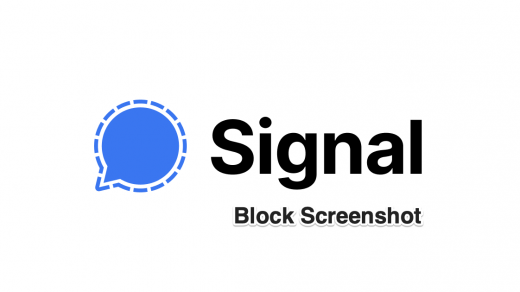
(Update: WhatsApp has also acknowledged this issue by releasing a Code Verify extension for security conscious users.) This is closer to the use-case of WhatsApp and WhatsApp does have a web client. If its the former, then having a web client will not be a very big issue. Will those people just be using it for chatting with friends or communicating with colleagues? Or will it be used by whistle blowers trying to coordinate the disclosure of classified information with journalists? You will have to consider whether the risk outweighs the benefits and decide for yourself whether or not to ship a web client. This depends on your threat-model (or rather the threat-model of the intended audience of your chat service). This significantly reduces the chances of the modifications being detected and exposed.Īctually we want to develop some chat service like signal with web-client, but this article made us confuse about should we ship a web-client or not, can anybody please explain it? The server can ensure that only a specific user/client is served the modified malicious code. This threat is amplified by the fact that such malicious modification of the code served can be done in a targeted manner. This effectively defeats the point of end-to-end encryption, which is that nobody other than the sender and the recipient should be able to read the contents of the communication, since the server now has the power to compromise the communications at will. This means that if the server is compromised or goes rogue (which can easily be achieved by a government serving Signal a subpoena or the like), then it can easily modify the javascript files served to the client in a way that allows them to intercept the communications. However, the larger problem here is that the SSL connection, as well as the content being served, is controlled by the Signal server.
#SIGNAL WEB BASED INSTALL#
However, in such a case, the employer owns the machine and would probably just install a keylogger on it, so you would have bigger problems. Well, if a (possibly state-level) attacker controls/compromises a CA, they could issue a fraudulent certificate for the Signal server and attempt to MitM the SSL connection (this threat is limited, but not eliminated, by the use of certificate transparency.) As pointed out, TLS inspection proxies at workplaces are a much more likely form of MiTM and could cause problems if your employer was interested in compromising your private conversation. So who exactly can control the SSL connection? Which means that anyone who can control the SSL connection to the server can now intercept and eavesdrop on your e2ee communications.
This effectively reduces the security of your end-to-end encrypted communication to that of your SSL connection to the server

The thread doesn't say that the web app will be completely insecure, instead it says


 0 kommentar(er)
0 kommentar(er)
